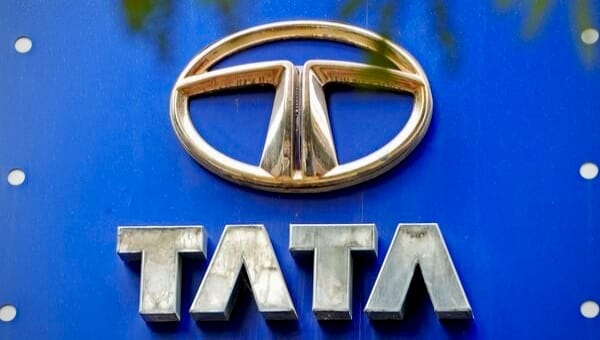
India-US Trade Deal Nears Reality as Legal Text Finalization Begins, Boosting Bilateral Economic Ties
– The long-anticipated trade deal between India and the United States is “very close” to completion, with both nations actively finalizing the legal text, according to high-level sources involved in the negotiations. This critical development signals an advanced stage in discussions poised to reshape bilateral economic ties, offering significant opportunities for businesses and investors across key sectors and deepening the strategic partnership beyond geopolitical considerations.
For global financial markets, this move represents a potential shift in supply chains, market access dynamics, and investment flows. The focus on finalizing legal texts suggests that substantive agreements on various issues—from targeted tariffs to regulatory cooperation—have largely been established. An “early harvest” or limited trade package appears increasingly likely, designed to deliver immediate benefits while laying groundwork for a more comprehensive free trade agreement (FTA) in the future.
The journey toward a robust India-US trade deal has been protracted, marked by periods of cooperation alongside trade frictions over market access, tariffs, intellectual property rights, and agricultural subsidies. Past challenges included the US withdrawing India’s Generalized System of Preferences (GSP) status and Indian concerns over US visa policies. However, the current geopolitical landscape, driven by the imperative for resilient supply chains, de-risking from single-nation reliance, and a shared vision for a free and open Indo-Pacific, has provided renewed impetus. Both the Modi and Biden administrations have consistently prioritized strengthening economic partnerships, propelling these trade negotiations forward.
Key Areas of Agreement Expected
While specific details remain under wraps, observers anticipate the “early harvest” package will encompass a carefully curated set of measures aimed at delivering tangible benefits without the complexities of a full-scale FTA. Key areas likely include:
Tariff Reductions:Targeted cuts on specific goods, potentially benefiting sectors such as textiles, pharmaceuticals, auto components, and certain agricultural products, enhancing competitiveness for both Indian and US exports.
Regulatory Cooperation: Streamlining standards and processes in areas like pharmaceuticals, medical devices, and digital services to facilitate market entry and reduce compliance burdens.
Trade Facilitation: Addressing non-tariff barriers, improving customs procedures, and enhancing transparency in trade regulations.
Critical Minerals & Technology: Cooperation on rare earth elements, semiconductors, and emerging technologies, aligning with broader strategic objectives for supply chain resilience.
Strategic Imperatives Driving Trade
Beyond immediate economic gains, this bilateral trade agreement is deeply intertwined with a broader geopolitical strategy. Both nations are key partners in the Quad and the Indo-Pacific Economic Framework for Prosperity (IPEF). Diversifying supply chains away from China is a top priority for Washington, positioning India as a pivotal alternative due to its vast manufacturing potential and skilled workforce. For India, securing greater access to the US market and attracting American investment is crucial for its “Make in India” initiative and its ambition to become a global manufacturing hub.
Why It Matters
This impending India-US trade deal is more than an economic pact; it’s a strategic declaration. It signals a deepening of trust and a shared commitment to a rules-based international order with strong economic underpinnings. The agreement promises to fuel economic growth, create jobs, and foster innovation, while bolstering efforts to build robust and diversified global supply chains. For India, it elevates its global economic standing and integrates it further into critical Western-aligned networks, while for the US, it secures a vital partner in the Indo-Pacific and opens access to one of the world’s largest consumer bases.
Investor Lens: Opportunities and Risk
The finalization of this legal text will inject fresh optimism into capital markets, particularly for sectors poised to benefit. Companies in pharmaceuticals, textiles, IT services, and auto components could see increased investor interest. This agreement could spur Foreign Direct Investment (FDI) into India as US companies leverage its manufacturing base and burgeoning market.
However, investors should also acknowledge that this “early harvest” will not address all outstanding issues, such as complex intellectual property protection, data localization policies, or comprehensive market access for agriculture and dairy products. These will likely be deferred to future negotiation rounds. Therefore, while the immediate outlook is positive, a strategic, long-term view remains crucial, understanding that this foundational step paves the way for deeper integration rather than solving every trade dispute overnight.
The impending finalization of the legal text for the India-US trade deal marks a significant moment, promising to unlock a new era of economic partnership and solidify a crucial strategic alliance.







